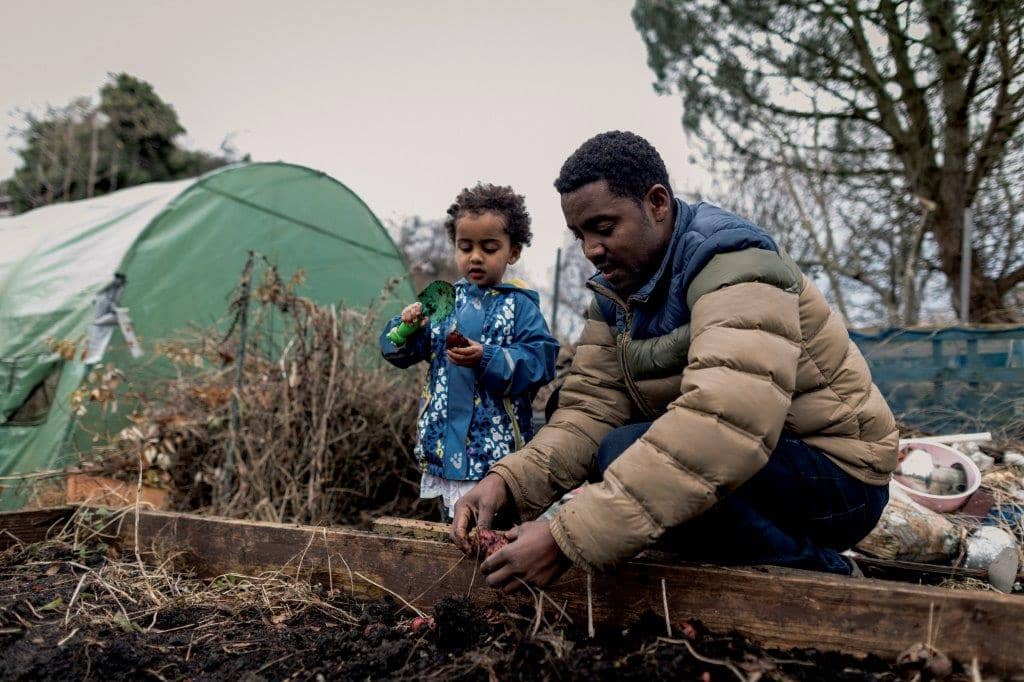Relationship Managed Service
We combine modern banking with a long-standing tradition of exceptional service, offering you the flexibility and choices you need to manage your finances effectively.
When it comes to helping the environment, we all need to play our part. We can do this by making our homes more eco-friendly – in other words, through green housing.
🕑 7 minutes read

The more we adopt green housing measures, the easier it will be to bring future emission targets down.
It’s not just the environment that will benefit, either. Research suggests that increasing a home’s Energy Performance rating from F up to a C can increase its value by 15% on average. Building more sustainable housing and making existing houses greener benefits everyone.
In this guide to green housing, we’ll show how you could make your own home greener and the benefits it could bring.
Source: Rightmove.co.uk (PDF 9.7MB)
A green home is a building that has a positive impact on the environment. Green housing aims to preserve natural resources and improve quality of life.
Across the UK, green housing is becoming more common. When a green home is built, its impact on the environment is taken into account at every stage – from the materials that are used through to the energy that will be needed to heat it.
Source: Construction Management
But green homes don’t have to be brand new. Whatever its age, your house can become a greener home by taking some steps to lessen its impact on the environment. Even small changes, such as composting garden waste or switching to energy efficient LED lightbulbs, can make your home greener.
Energy Performance Certificates, or EPCs, will tell you how green your home is, and more importantly, how you can make it greener. They even give an idea of how much money you could save by making energy efficiency improvements. Take a look at our article How to get an EPC.
Even the smallest steps make a difference. Here’s a list of ways to help the planet around the home.
This clever technology connects to your central heating system, boiler or air conditioning. Using Wi-Fi-enabled features, smart thermostats heat up or cool down your house based on the temperature outside and your home’s heating patterns. They can even automatically switch off your system when you leave home, then heat it up for when you get back.
Did you know only 5% of the electricity used by traditional lightbulbs converts into visible light? LED versions run at 80 to 90% energy efficiency and last up to 12 times longer than the older bulbs. The Energy Saving Trust says replacing all the bulbs in your home with LED lights would reduce carbon dioxide emissions by up to 35kg a year in the UK. That’s the same as the amount produced by a 145-mile car journey.
Source: Energy Saving Trust
If your windows only have a single pane of glass, then you’ll be losing heat from your home. Double- or triple-glazed windows have two or three panes with gaps between them to stop heat escaping.
Up to 25% of a home’s heating energy is lost through the roof. Put a stop to rising heat getting out with blanket loft insulation rolls, which can be altered to fit between joists in a loft.
Older homes sometimes have cavity walls, which are inner and outer walls with an air gap between them. Filling them with cavity wall insulation will keep more heat in – but you’ll need to check the construction of your home is compatible. Your energy provider might be able to help you cover some of the associated costs and work out which changes can be made. For help take a look at Discounted Home Improvements.
Source: Energy Saving Trust
Having your boiler checked annually is important. A licensed engineer will be able to spot any faults and recommend repairs. This will ensure your boiler is working as well and as efficiently as possible. If you can afford it, consider replacing an older boiler with a brand new one. Modern systems use condensing technology which make them more energy-efficient than non-condensing systems.
Source: Energy Saving Trust
As an eco-friendly alternative to a boiler system, consider having a heat pump installed. They extract heat from the ground, air or water and either transfer it to your home to warm it, or take it out of your home in summer to cool it.
Source: Gov.uk
Keeping appliances on standby may be handy for saving time, but it’s not good for saving energy. Taking your household appliances off standby could cut your electricity bill by at least 10%.
Source: Eco Home Essentials
If all this wasn’t enough, here are more great reasons to make your house greener.
Higher property value – Although making a home greener might initially be expensive, it can pay off. Green houses have lower running costs. Plus, with energy bills on the up, any home that comes with lower monthly outgoings will be appealing to potential buyers or renters.
Healthier environment – Newer, greener homes are made from materials that are safer than those used to build older homes. Not only does this make them safer to build, it also creates a healthier living environment for you and your family.
Less maintenance – Green homes are built with sustainability in mind, which should mean the property is built to last. Building materials are more durable and should require less upkeep through the years, saving on costly repairs and helping the environment.
Source: NSBRC
Updated March 2023